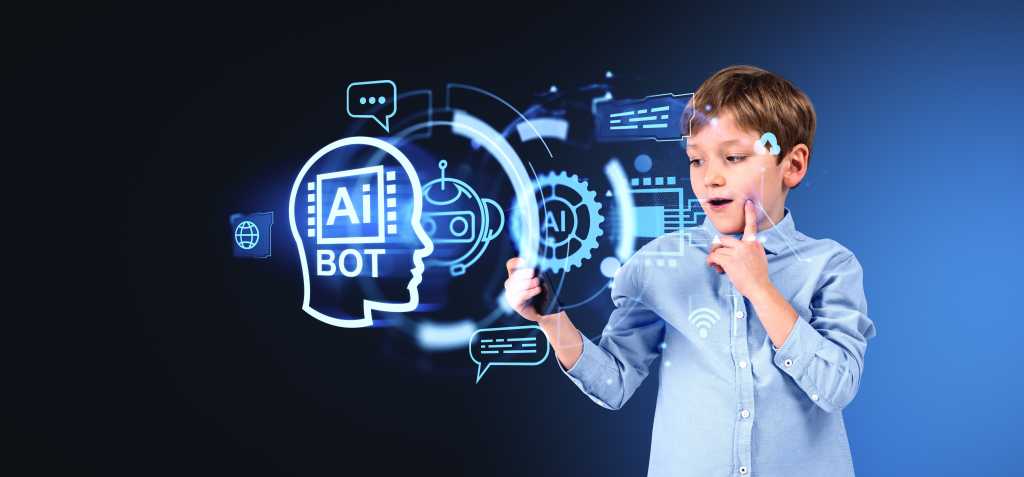AI is about to transform smartphones in a big way
On the heels of Apple rolling out an early preview of iOS 18.1 with its first generative AI (genAI) tools, IDC this week released a report saying nearly three-in-four smartphones will be running AI features in four years.
Apple first announced its plans to add AI features to devices through its Apple Intelligence platform at its developers conference in June. This week, Apple announced AI tools and Siri enhancements that will be exclusive to the iPhone 15 Pro and Pro Max, as well as later iPhones. Apple Intelligence will also be released on Macs running Apple Silicon M-series chips.
Over the next two years, the number of genAI-enabled smartphones is expected to grow quickly, though they’ll likely be limited to flagship devices like the iPhone 15 Pro, Google Pixel 8 Pro, and Samsung Galaxy Z Flip6 — and cost will be an issue.
“Capable chipsets don’t come cheap,” said Anthony Scarsella, IDC’s research director for mobile phones. “Over time, we believe these components will enter the mid-market and more affordable models as competition grows among device manufacturers and AI applications.”
Most high-end mobile processors now include an AI accelerator or neural processing unit (NPU). The Arm processor architecture provides an NPU component for licensees and mobile chips from Intel, Qualcomm, MediaTek, and Samsung have their own NPU implementations, according to Jack Gold, principal analyst with tech industry research firm J. Gold Associates.

Shutterstock/ImageFlow
“Right now it’s mostly in the high end of devices (e.g., high-end Snapdragon chips), but eventually they will migrate down to the lower end as well,” Gold said. “In the next two to three years, you will be hard pressed to find a mobile processor, except perhaps at the very low end for $100 smartphones, that doesn’t have AI acceleration built in.”
One of the biggest advantages of running genAI on smartphones is that user data never moves off the device — boosting both privacy and security — and locally running apps can benefit from the use of AI accelerations (e.g, audio, video, digital assistance, device management, etc.), according to Gold.
GenAI on mobile devices will automate certain functions, such as generating new messages and emails by choosing different conversational tones such as “friendly,” or “professional” or “concise”, for example. GenAI tools can also be used to pull bulleted points from digital conversations and generate bullet points in a “too long; didn’t read” (TLDR) format, for example.
“Search will always be a top priority and use case for mobile users,” Gold said. “AI-assisted search will not only be for cloud based search, like Google, but also on-device search like, ‘Where did I put that file and picture I took of my dog?’ Beyond that, help with pictures and video will be a major use (and already is) that helps mobile users create better pictures and video.”
For example, the Apple Intelligence platform will allow users to generate images from word prompts. Inputing the word “rooftop” will generate the image of a rooftop scene in a city, which can then be animated or illustrated andsent in a message. Siri, Apple’s voice assistant, will also use Apple Intelligence to better interpret voice commands and help ensure responses are accurate.
Additionally, general concierge-like services will become more widely available as smartphones using genAI learn more about users and their preferences.
GenAI will ‘will completely transform’ how we use phones
“While it is still too early to know all the use cases that will emerge in the coming years, one thing is for sure — genAI will completely transform the way we interact with our smartphones,” said Nabila Popal, senior research director with IDC’s Worldwide Tracker Team.
In its report, IDC said genAI smartphone shipments are forecast to reach 70% of the market by 2028. This year alone, AI-enabled smartphone shipments are expected to grow with more than 360%, representing 234.2 million phones. That represents 19% of the overall smartphone market in 2024.
As phones capable of running genAI features on the device become more popular, the potential for more personalized and proactive AI assistants becomes increasingly likely, IDC said. “This evolution, driven by consumer demand, application developments, and overall industry growth, promises to make the next decade the most exciting period for the smartphone market,” IDC said.
Experts see AI features and tools moving more to the edge — being embedded on smartphones, laptops and IoT devices — because AI computation is done near the user at the edge of the network, close to where the data is located, rather than centrally in a cloud computing facility or private data center.
Expect a migration from the cloud to the edge…
That’s why AI will migrate away from the cloud, according to Gold.
“We expect the largest portion of all AI workloads to migrate to the edge over the next few years, running close to the intended use case,” Gold wrote in a recent research report. “This is both for improved functionality and latency and increased privacy/security. It’s also necessary to offload the need for movement of large amounts of data to centralized computing platforms in the cloud or data center, which is expensive and impacts performance.”
Edge deployments will include running remote cloud instances on localized devices, so remote hyperscaler products should be well positioned for AI’s edge migration. “This presents a significant opportunity for AI expansion and for vendor fulfillment of systems and services,” Gold said.
Tiffany Yeung, an Nividia product marketing manager, wrote in a blog post that since AI algorithms are capable of understanding language, sights, sounds, smells, temperature, faces and other analog forms of unstructured information, “they’re particularly useful in places occupied by end users with real-world problems.”
GenAI smartphones that feature a system-on-a-chip (SoC) are capable of running on-device AI models more quickly and efficiently, according to IDC. And genAI smartphones can leverage NPUs with 30 tera operations per second (TOPS) — or more — using the int-8 data type, (in other words, an 8-bit integer).
…and bigger upgrade cycles
Despite sometimes long mobile refresh cycles and economic unknowns, genAI capabilities on smartphones will drive upgrade cycles and represent a significant opportunity for both hardware makers and app developers alike, IDC said.
“The dramatic growth seen in 2024 will carry into 2025, with shipments of genAI smartphones expected to grow 73.1% year over year. By 2028, IDC forecasts 912 million genAI smartphone shipments, resulting in a 2024-2028 compound annual growth rate (CAGR) of 78.4%.
“The rapid incorporation of genAI in smartphones is unprecedented in mobile history, with market penetration expected to exceed 60% within the first three years,” IDC’s Popal said. “However, the most significant impact of this evolution is anticipated in 2026, when mid-range devices are expected to adopt this technology, making a momentous leap towards the democratization of GenAI.”

